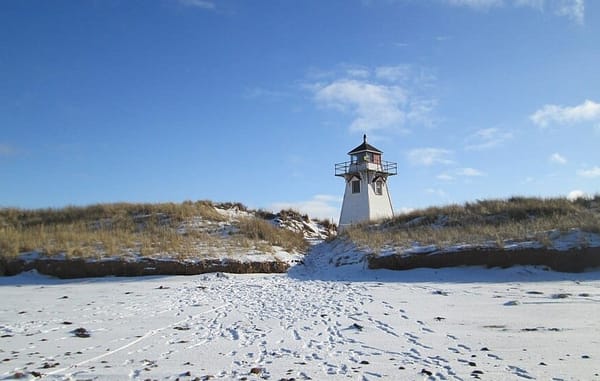Adventures in Boating: Traveling to the Dry Tortugas by Private Boat
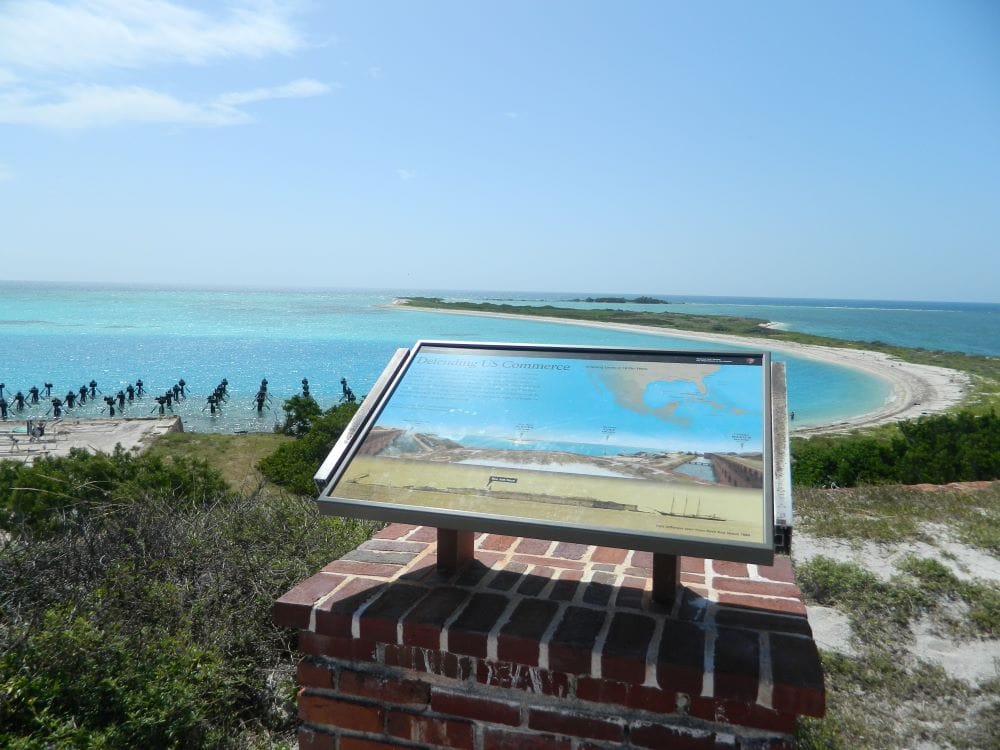
Along with boating to the Bahamas from Florida and taking the Bahamas – Cuba Loop, visiting Dry Tortugas National Park by boat is one of the most adventurous and unique excursions you can make from a boat dock for rent. Think: Crystal clear water, sea turtles, tropical fish and a historic fort in the middle of the Gulf of Mexico. If you’re looking for seclusion, you’ve found it.
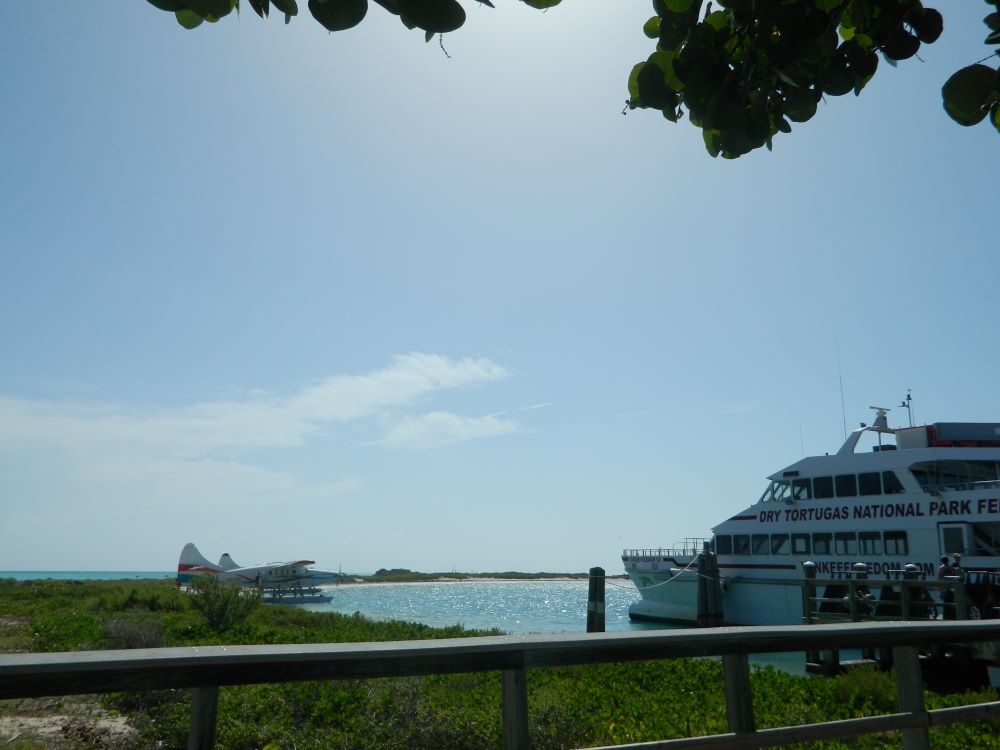
You can get to the Dry Tortugas by seaplane or the Yankee Freedom fast ferry (which leaves from Key West and takes about two hours and 15 minutes). But we boaters like that sense of adventure, don’t we? Depending on the speed, model and condition of your boat, you could get there in two hours from a private boat slip rental.
Dry Tortugas National Park
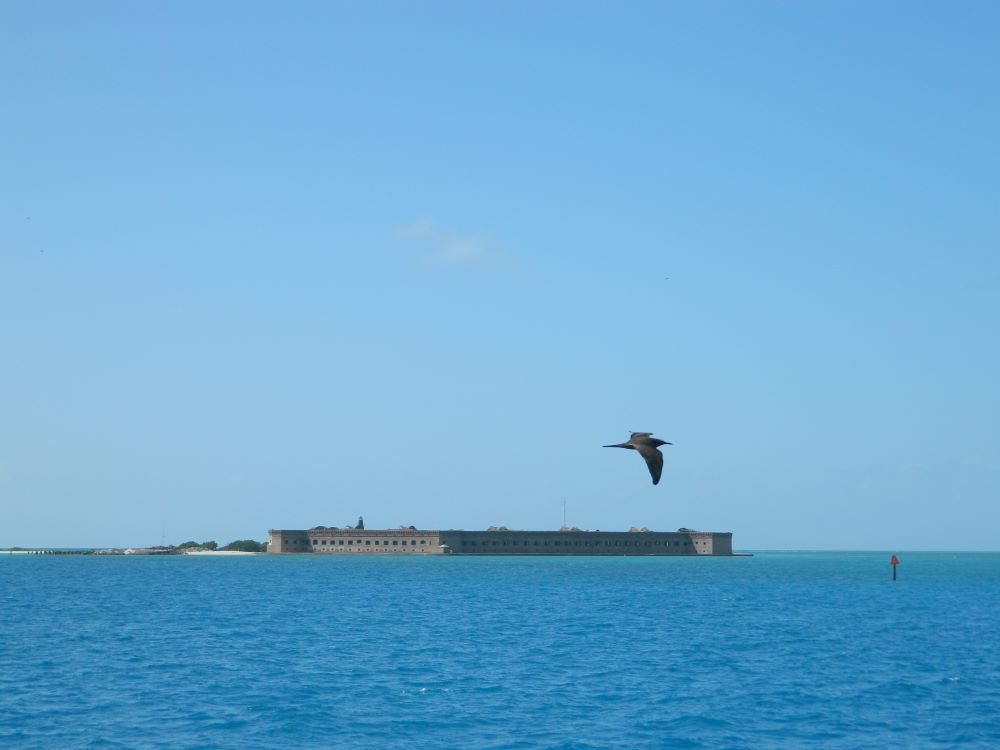
Dry Tortugas National Park is one of the most remote U.S. national parks as well as one of the least crowded. Being located about 70 miles off the coast of Key West, which is 150 miles south of the mainland, this isn’t a big surprise. The area makes up the southernmost portion of the Florida Keys. It’s part of the Everglades and the Dry Tortugas Biosphere Reserve (established in 1976 as a UNESCO Biosphere Reserve).
Interestingly enough, less than 1% of the Dry Tortugas is actually dry ground. The word “dry” comes from the fact that there’s no fresh surface water. Ponce de Leon visited in 1513 and named it Tortuga because of the sea turtles found throughout the area.
The area is made up of seven islands (some are not always visible due to tides and weather conditions). From west to east, the islands are Loggerhead Key, Garden Key, Bush Key, Long Key, Hospital Key, Middle Key and East Key. It was designated a national park in 1992. The park is bordered on three sides by the Florida Key National Marine Sanctuary and on the northwest side by the Tortugas Ecological Reserve.
Dry Tortugas by Private Boat
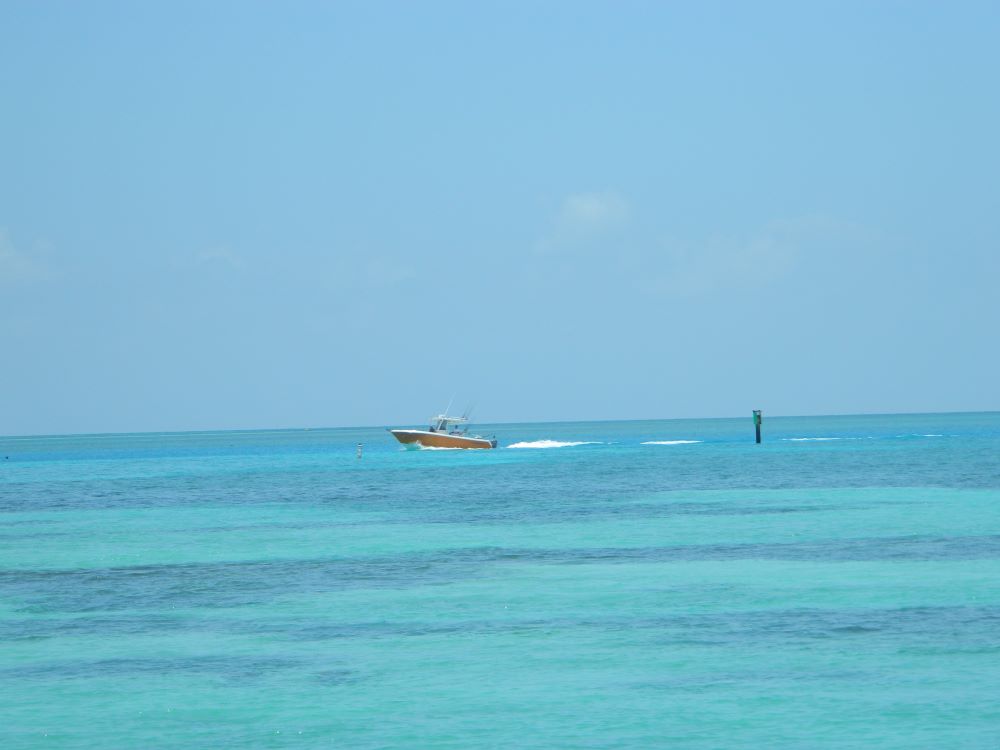
There are several reasons why you might want to head to the Dry Tortugas by private boat from a boat slip rental.
- Enjoy the sights at your leisure (the ferry and seaplanes are on a schedule).
- Bring kayaks and paddleboards to explore.
- Visit Loggerhead Key and the other smaller keys. The ferry only goes to Garden Key, which is about three miles from Loggerhead Key.
- That adventure thing we mentioned earlier.
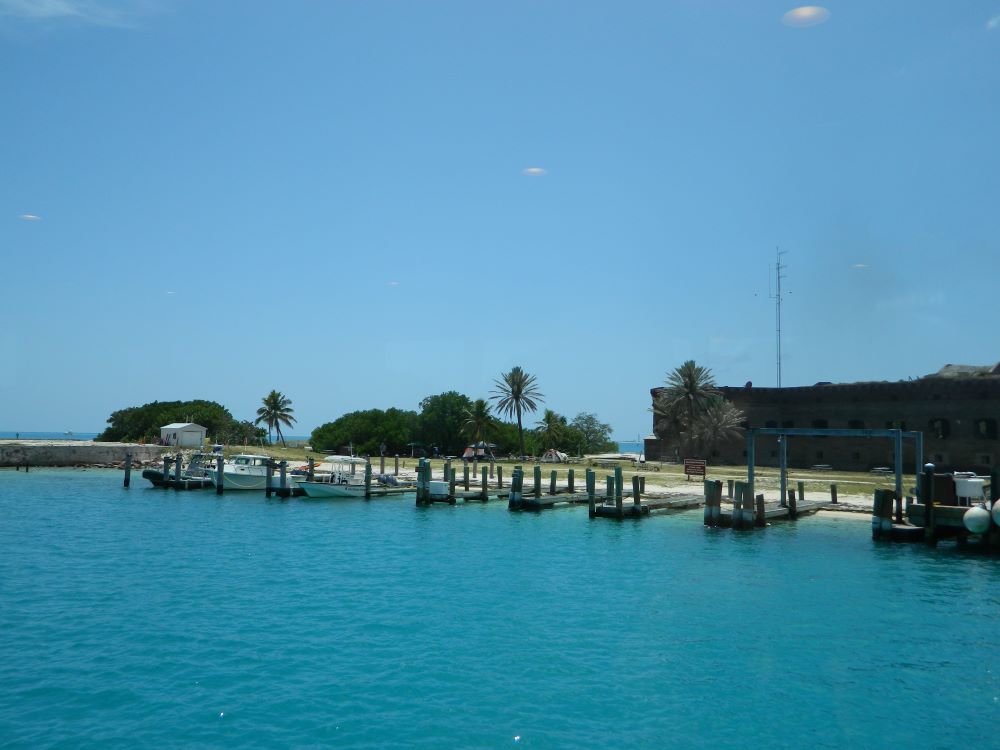
It is difficult by private boat because of the distance. But it can be done. If you’re planning to travel to the Dry Tortugas in your own boat, keep a few things in mind.
- You must first check in at the Garden Key dock house. A boat permit and entrance fees are required.
- There is no water, food or fuel available in the park (or within 70 miles, for that matter). Proper planning is a necessity.
- Camping is only allowed on Garden Key.
- Restrictions on boating and fishing apply to the Research Natural Area (RNA) within the park. You are not allowed to anchor within this area. There are seven mooring buoys available (with a two-hour limit).
- If you’re visiting Loggerhead Key, no anchoring is allowed. There are mooring buoys for private boat use. There is a dock, but it’s only for government use. You can land a dinghy on the east side of the dock.
- If you’re planning to anchor out and stay for the night, you must anchor within one nautical mile of Garden Key (and on a sandy bottom).
- Allow plenty of time to return to Key West or a private boat slip for rent. Night time boating can be tricky.
Keys in Dry Tortugas National Park
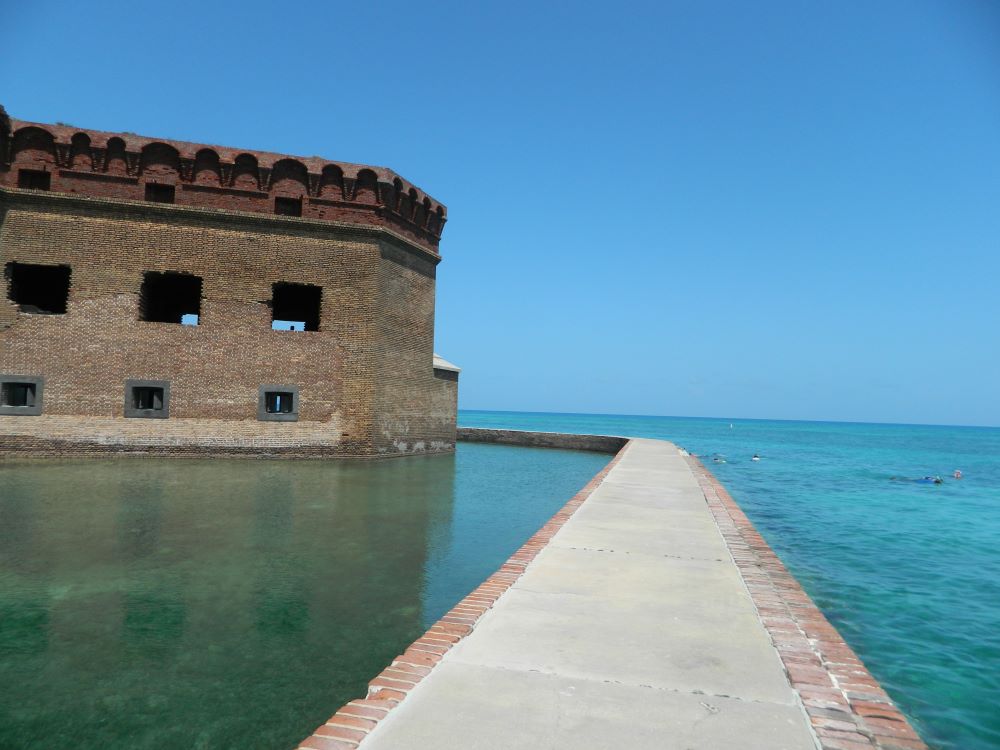
Loggerhead Key
Loggerhead Key is 49 acres in size and the largest of the islands. The Windjammer (Avanti) Shipwreck, built in 1875 and wrecked in 1901, is a three-masted iron hull sailing ship. You can get an underwater map (laminated) at the visitor center to take a self-guided tour.
Little Africa Coral Reef is off the north shore of Loggerhead Key. It’s a protected and shallow area with calm water, so kids will feel at ease. Check out coral heads, soft corals, lobsters, barracuda and tropical fish. The Dry Tortugas Lighthouse and a lightkeeper’s house are located on this key.
Garden Key
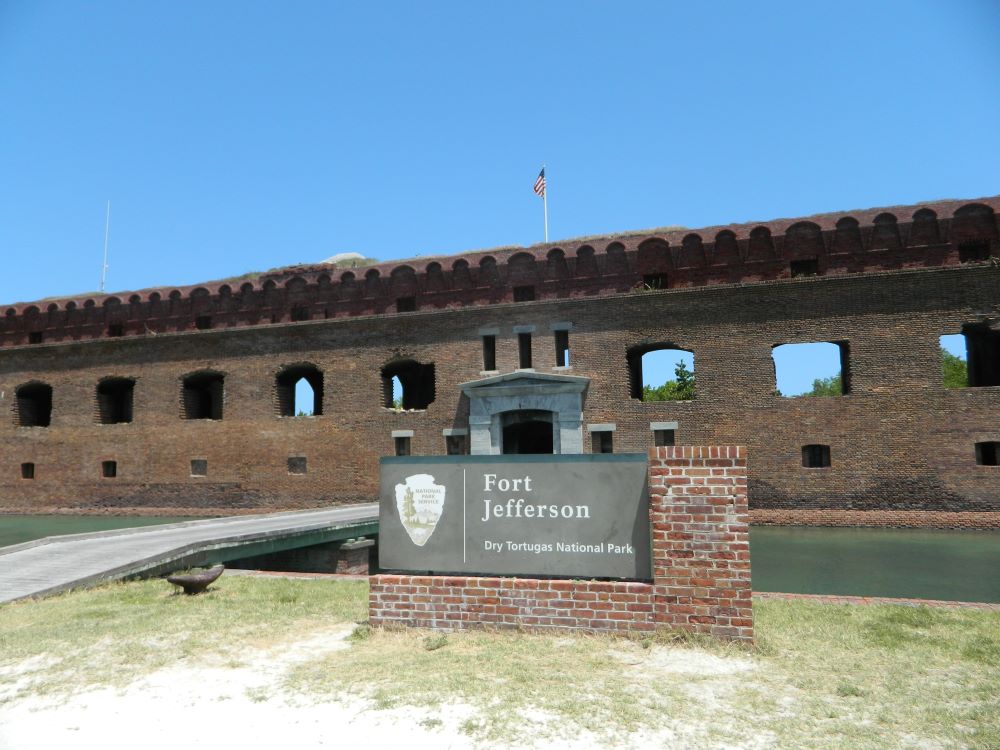
At about 14 acres in size, Garden Key is the second largest and the most popular. Garden Key is home to the visitor center, park headquarters, campsites, the Tortugas Harbor Lighthouse and the historic Fort Jefferson National Monument. Made of more than 16 million bricks (How in the heck did they get them all out there, anyway?), it’s one of the nation’s largest Civil War-era forts. Built to protect deep water anchorages and shipping lanes – and used as a prison - it was never completely finished or armed. It was designated a national monument by President Franklin D. Roosevelt in 1935.
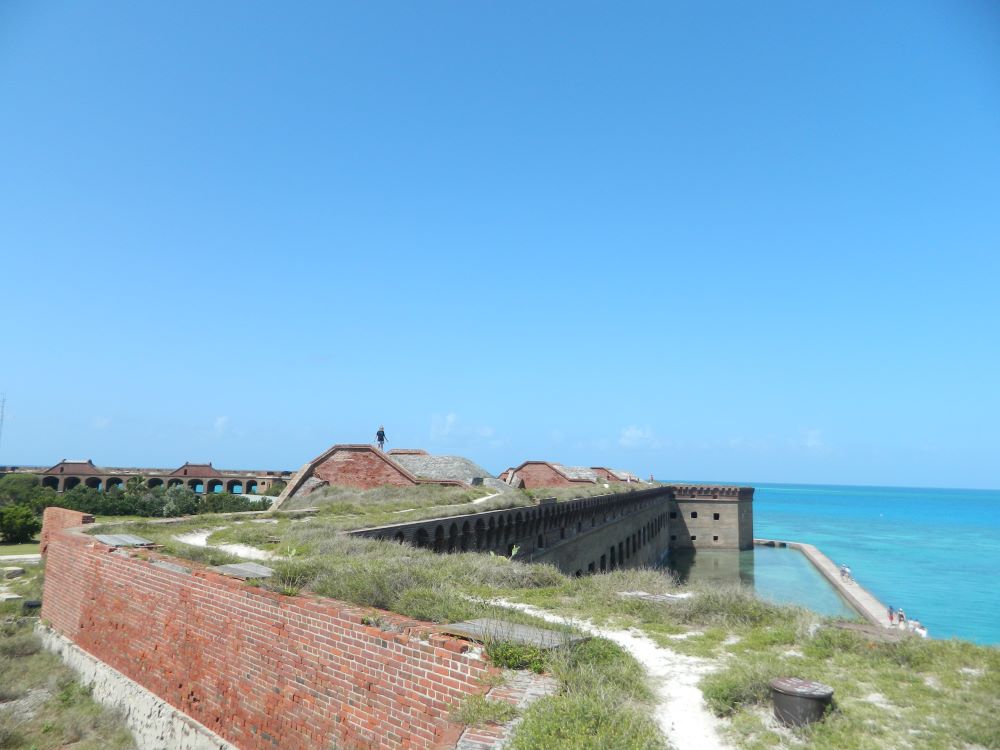
Bush Key
Bush Key is the third largest of the Dry Tortuga islands. It was originally called Hog Key because hogs were raised there for food for the prisoners at Fort Jefferson. It’s sometimes connected to Garden Key by a sandbar. There’s a large tern rookery if you’re into bird watching. The island is closed from April to September to protect nesting sooty terns and brown noddys.
Hospital and Middle Key
Hospital Key is named for the hospital built for inmates in the 1870s. It has also been called Middle Key or Sand Key in the past. Due to weather and tidal patterns, Middle Key is one of the keys that is not always visible.
Pulaski Shoals Area
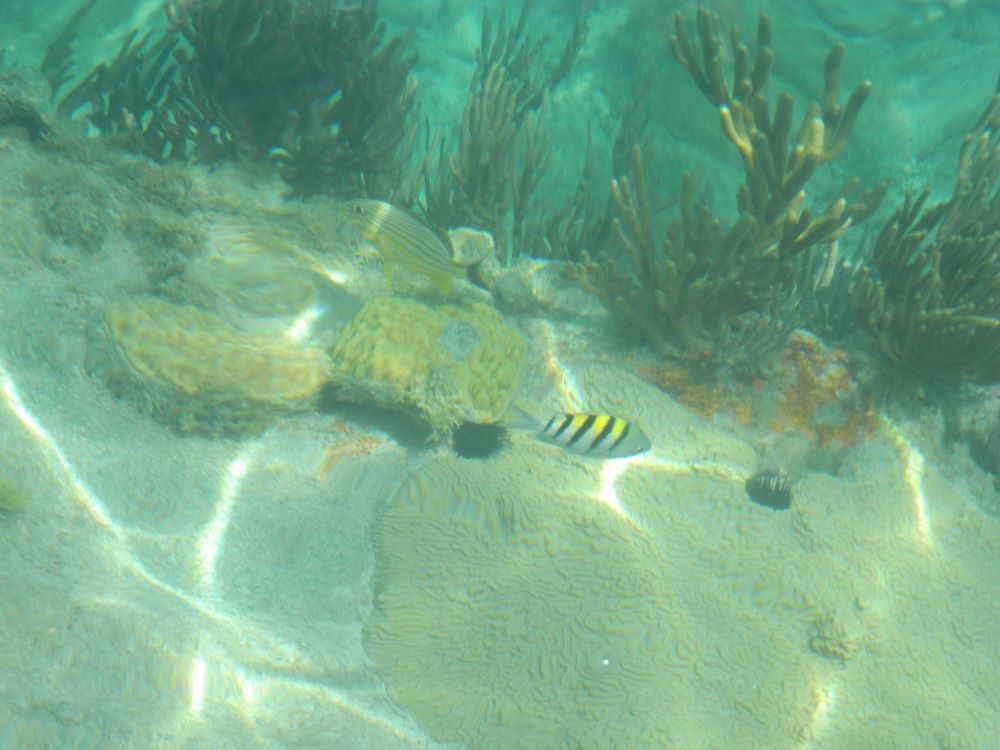
Pulaski Shoals Area, located at the eastern end of the park, has shipwrecks around the area (due to the shallow water). There are also scattered and very shallow coral heads. A navigational light tower marks the area. Just beyond the boundary, the water is in the 75 to 80-foot-deep range, making it perfect for diving. It’s best for advanced divers, so use caution as currents can be strong.
Activities in the Dry Tortugas
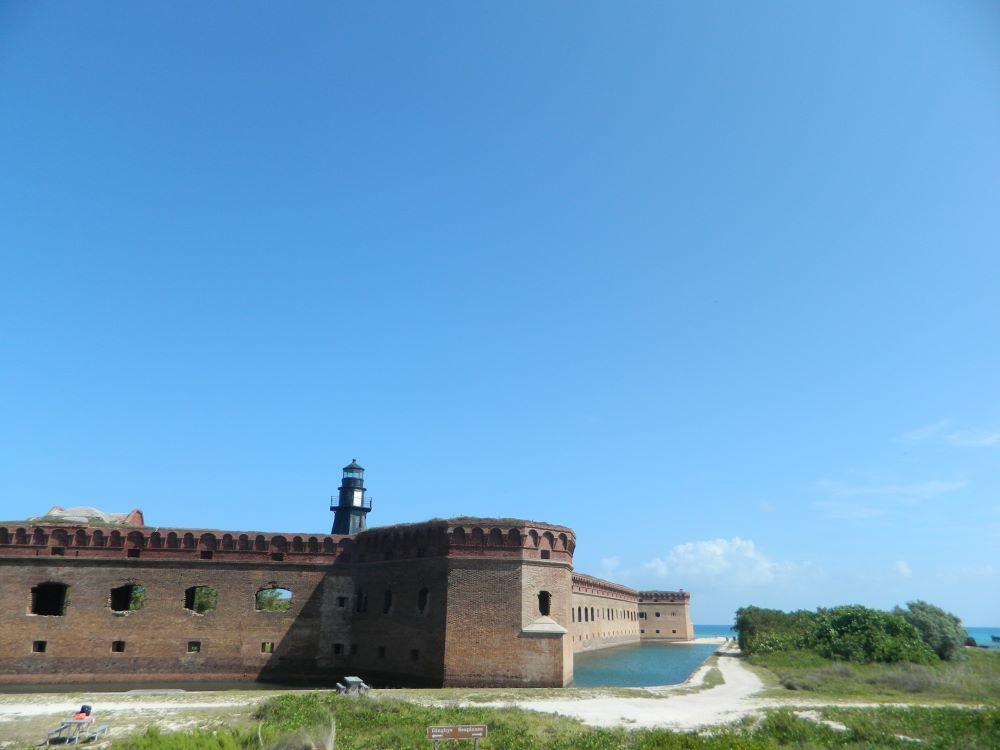
- Explore Fort Jefferson: walk along the top, stroll through the interior, check out the lighthouse and visit the gift shop
- Swim/snorkel around the Fort Jefferson moat (not inside of it, though, that’s prohibited)
- Check out parrotfish, red grouper, gray angelfish, sea stars and sponges
- Look for threatened elkhorn, staghorn, boulder star, lobed star, rough cactus and pillar corals (but don’t touch)
- Camp on Garden Key (by reservation)
- Fishing
- Diving
- Kayaking
We hope you’ve found some ideas to plan your next Dry Tortugas boating adventure. Whether you go by private boat from a boat dock for rent or take the ferry, the Dry Tortugas is one of those bucket list items every boater should do if they get the chance. Happy boating!
